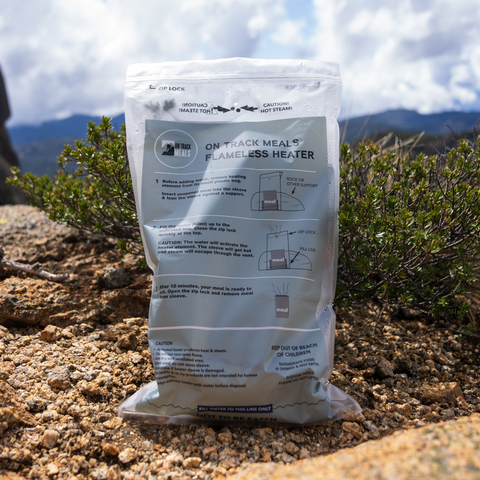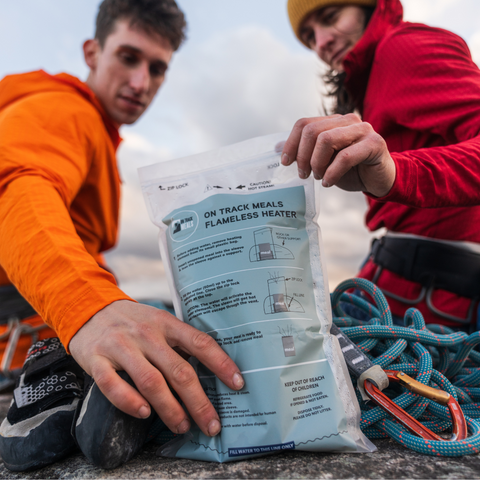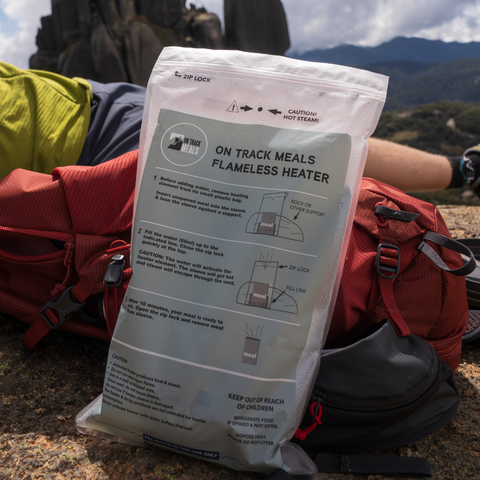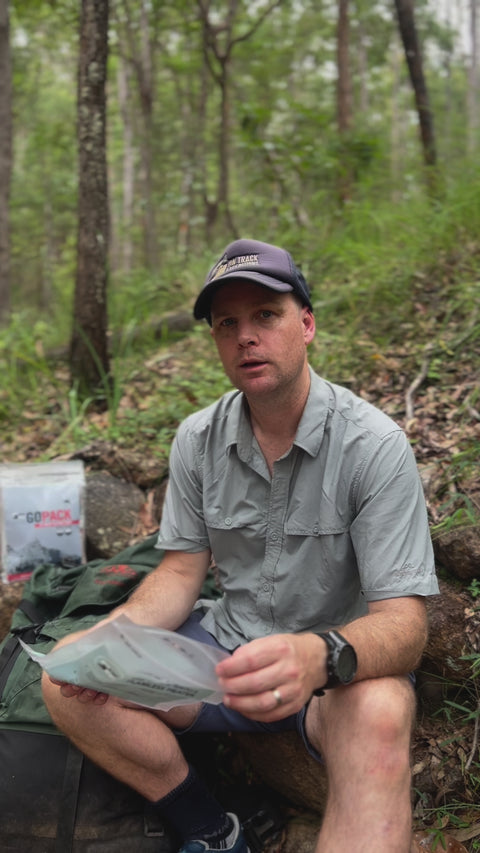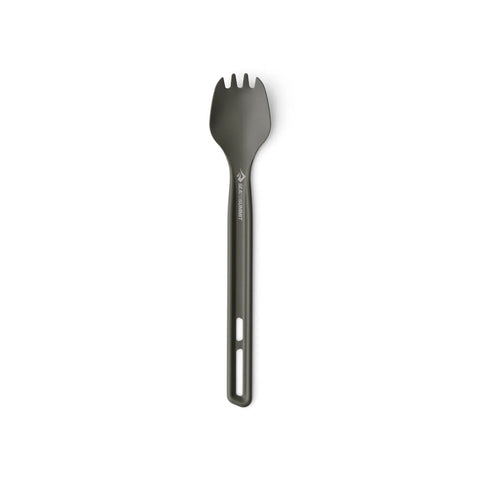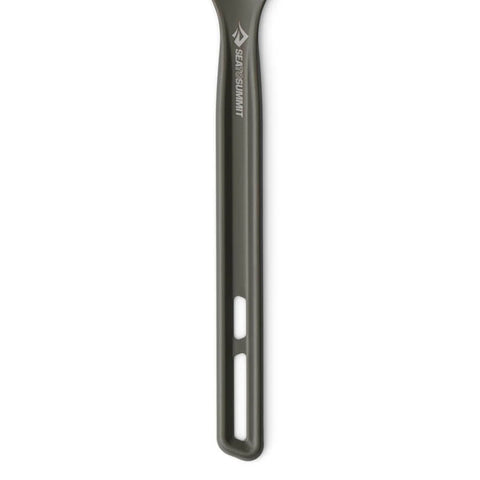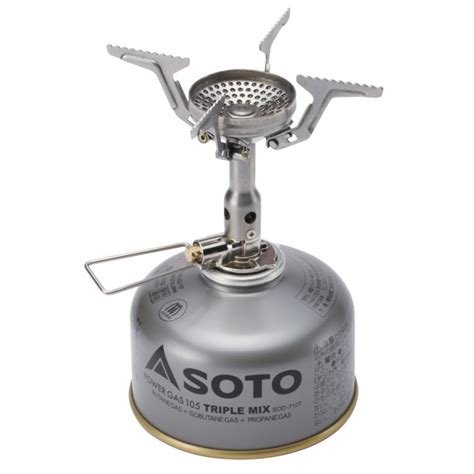Planning a winter hike or camping trip? Here’s the gear that keeps you warm, dry, and comfortable when the Aussie temps drop.
Winter transforms Australia’s wilderness into a rugged, beautiful challenge—from the frost-bitten peaks of the Victorian Alps to the icy forests of Tasmania. If you're brave enough to explore it, you’ll need more than just enthusiasm. Preparation is everything. So, what gear do you need for winter camping and hiking in Australia?
Let’s run through the essential gear for winter camping in Australia, including a few crucial additions from On Track Meals that make life outdoors more comfortable, satisfying—and warm.





